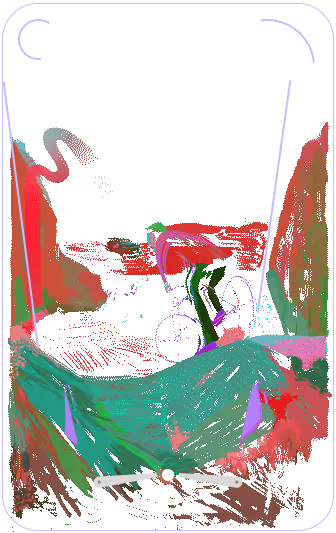Pinball Game
Saturday, Jan 27, 2024
Pinball Prototype – A Physics-Based Browser Game
- Role: Game Developer, UX Designer
- Technologies: TypeScript, Canvas/WebGL, Physics Engine (Planck.js), HTML/CSS
Overview
This browser-based pinball prototype was my personal deep dive into real-time interaction design, physics simulation, and game feel. Inspired by classic pinball mechanics, I wanted to challenge myself with collision detection, timing, user feedback, and smooth rendering—all in a lightweight, browser-native environment.
Screenshots & Demo
Goals
- Build a working physics-based pinball game using only web technologies.
- Learn how to implement 2D physics, flipper mechanics, and collision responses.
- Create a retro-inspired visual and audio experience.
- Explore game UX, especially around controls and feedback.
⸻
Features
- Interactive Flippers: Smooth, reactive control using keyboard or touchscreen input.
- Realistic Ball Physics: Implemented using [Planck.js] or custom force logic, including friction, gravity, and rebounds.
- Scoring System: Points awarded for targets hit and combo chains.
- Retro Aesthetic: Nostalgic feel.
- Restartable Loop: Quick reset flow for instant replayability.
⸻
Design Process
Even though this was a technical challenge, I approached it with a UX mindset:
- Prioritized control responsiveness and player feedback—key in pinball.
- Made early sketches of table layouts and player flows.
- Tuned flipper angles and ball bounces over many iterations for game feel.
- Created a clean, uncluttered layout with vibrant color cues.
Challenges
- Getting the ball and flippers to interact with just the right amount of bounce and force.
- Balancing performance with physics calculations in the browser.
- Designing a game interface that felt retro yet responsive and modern.
What I Learned
- Deeper understanding of game loops, animation frames, and input handling.
- Experience tweaking physics parameters to match desired behavior.
- How small UX tweaks (like sound timing or visual feedback) dramatically affect game feel.
- Reinforced the idea that even small games benefit from intentional design.
Next Steps
- Add more levels.
- Explore porting it to WebAssembly for performance experiments.
- Release as an open-source project or tutorial series on real-time browser games.
